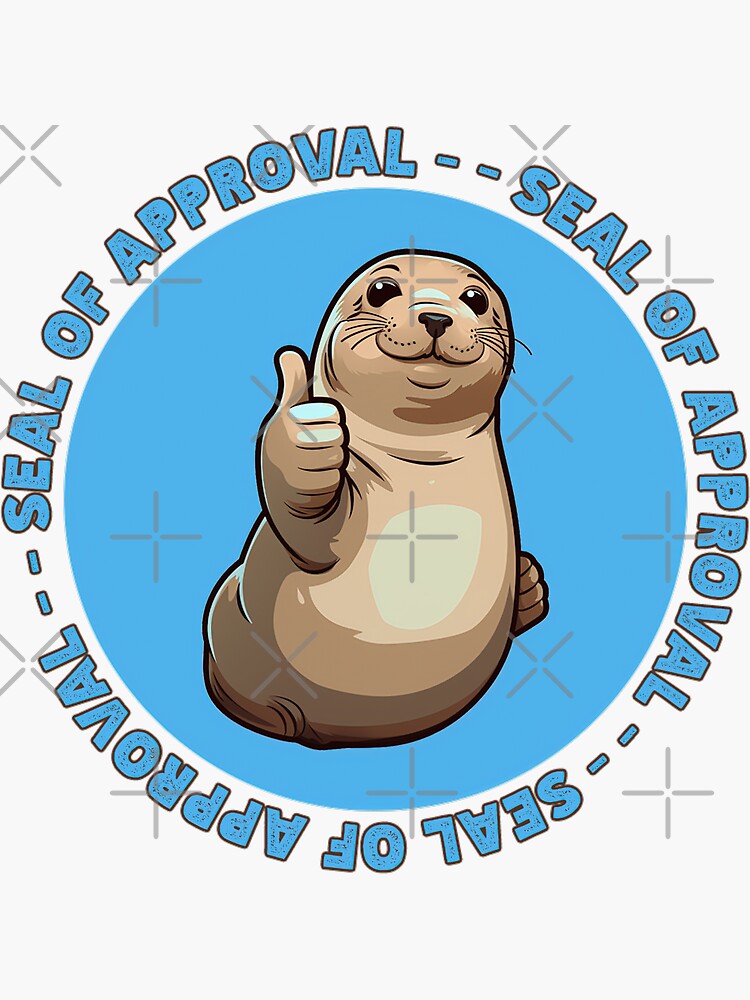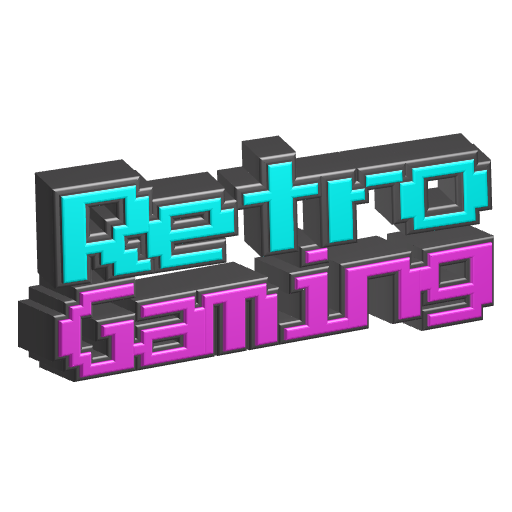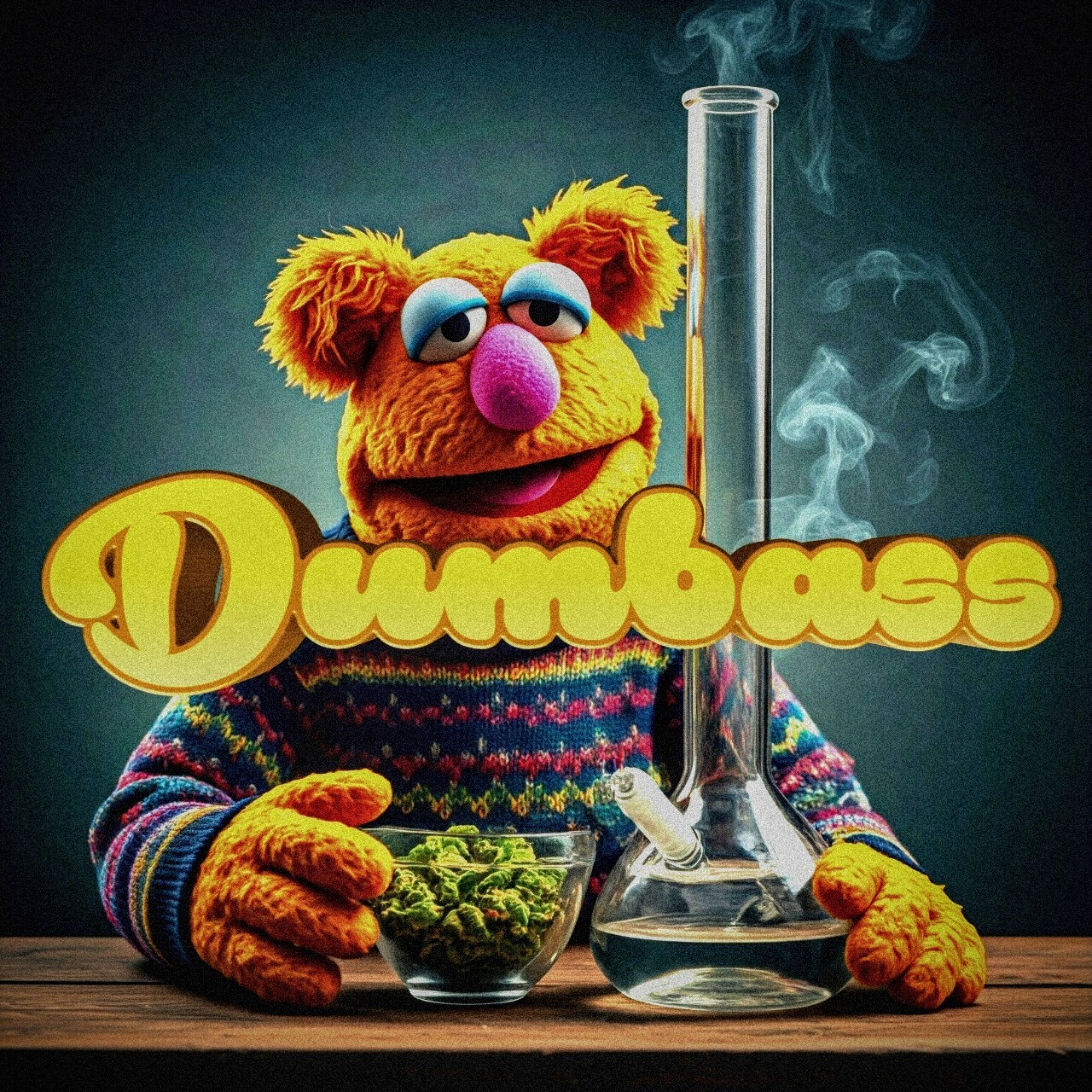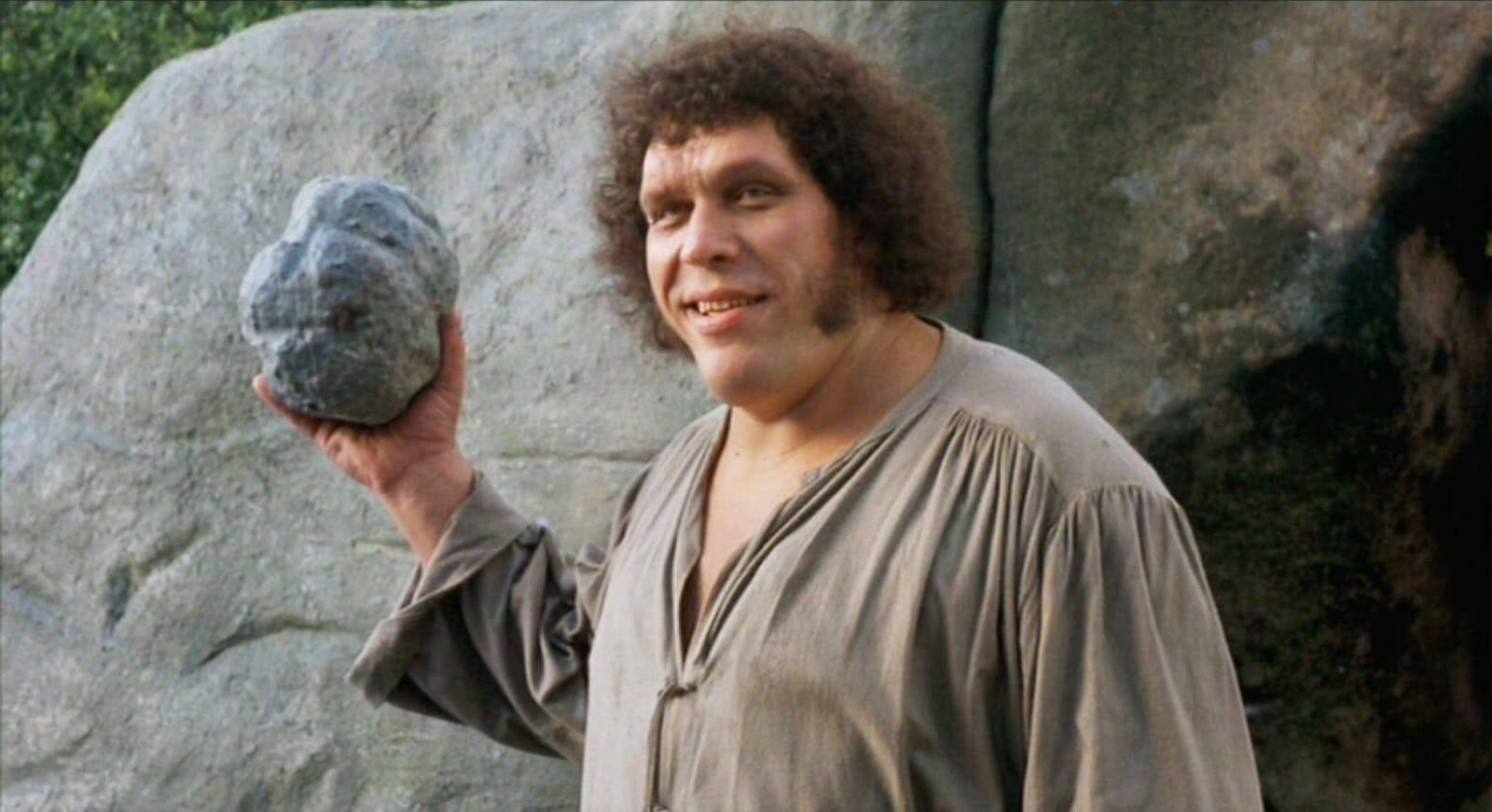- cross-posted to:
- [email protected]
- cross-posted to:
- [email protected]
But these won’t have the Nintendo Seal of Quality
We can use this instead:

The Machine is better than a lot of that stuff lol
So fucking good I bought the physical copy and played through like 30 times after buying the rom. It kinda spoiled me because I haven’t been able to find another new GB game of that quality since, even from that same developer.
Yeah I feel the same. Have you played possum country?
No, I’ll have to check that one out, thanks for gf recommendation!
That was only during a period of high rate counterfeit games being sold around for cheap. This isnt happening anymore because, well, digital piracy.
The Nintendo Seal of Quality is still put on Nintendo games.
My physical copy of Doki Doki Literature Club Plus on Nintendo Switch has one on the back of the box next to the barcode.
I thought they dropped “quality” years ago.
The word perhaps, but the seal is identical in design, color, and function. I believe now it just says “Official Nintendo Seal” which doesnt much change the function except they can’t be sued for licensing bad quality games I guess? Fits in with their anti-consumer theme though.
That’s actually the certificate of ownership, just in case you buy it and think it’s yours
Maybe we’ll get a sequel to Lee Carvalo’s Putting Challenge II.
May I suggest a feather touch?
You have selected: POWER DRIVE
dang
Play Gameboy games in your browser
Pretty sure some of these are not made by Nintendo.
*Ominous rumblings of the horde of Nintendo lawyers being summoned.*
Nintendo cease and desist (or worse) in 5… 4… 3…
Why would be this be a concern? If they publish it in cartridges to be used in original systems, it shouldn’t be a problem for Nintendo, especially if the developers pay Nintendo whatever licensing fee needed.
I doubt Nintendo will let them buy a license. Why would Nintendo sell them a license for a handheld console they don’t even make anymore? It would not encourage sales of their newest product, and therefore they don’t care. Nintendo has historically stopped people from developing homebrew games for their older systems if they get too big or popular, why would they suddenly change now?
Nintendo is the MOST anti-consumer company of the three major console makers, with Sony following in second. There is no indication they would ever change to do anything that benefits the consumer. They tried to make us all buy NES Mario on Virtual Console twice, and now you can’t even buy VC games, you have to rent them.
+1 for the anti-consumer statement.
This is a company that goes after groups who hold tournaments with their games and issues takedowns against people on video platforms just playing their games. Genuinely an awful company (good games don’t excuse the behavior.)
Nintendo has a horrible history of shitting on its fans and projects such as these. In all probability the modders are actually inadvertently (I haven’t checked) falling into Nintendo’s trademark trap on the Gameboy. The Nintendo logo it shows at the start is a check that enables the boot of the game… and is an asset that must be present on each cart. That means if the logo is displayed… they can sue for trademark infringement. If not then they are exploiting the hardware- and we know what happens from there, unfortunately.
This is a cool project and I hope it does well but Nintendo is a shit company that doesn’t deserve the fanfare they are given.
Why would be this be a concern?
Because companies aren’t cool about stuff like this (even companies you think are cool are not always cool).
This is not direct action, but remember that this shows the thinking to avoid the wrath of a super-litigious company:
“Because the project depends on Nintendo’s proprietary libraries, [Valve] have asked me to take the project down.”
Speaking to PC Gamer via email, Lambert shared that he believed Valve “didn’t want to be tied up in a project involving Nintendo IP.”(context note for above: Nintendo 64 version of Portal)
I wouldn’t doubt the library used to make these games catching a DMCA (even if there was no legal standing for it).
I also doubt a company would even bother talking about licensing cartridges for platforms so old, though even if they did I don’t think pricing would even be viable for most games/developers.
Side-note: I can also see newly-made games as an extremely clear-cut non-piracy use for emulation which sounds like something companies would foam at the mouth to prevent.
I don’t know why you’re being down voted for being informative. Nintendo are a notorious bunch of greedy dicks and they do go out of their way to shut down anyone possibly enjoying stuff they no longer support.
It was 1 vote and I can’t even see Lemmy downvotes on my instance (Kbin). Also lots of people seem to have an oddly trusting/nonchalant attitude with this, it reminds me of crocodile vs log (especially when it comes to all of the destroyed fan projects, although in this case it’d make more sense if the one eaten said it was a log and the one on the shore was saying crocodile the whole time)
Homebrew seems to be fair game.
It depends on a few factors, but in general yes. The issue is how it gets on the system. Nintendo is staunchly against emulation and has also gone after people who bypass their game systems security. They have a rabid pack of lawyers and the company is more than willing to use them.
It’s not illegal or anything to develop games without the permission of the console manufacturer. The NES had a 40kb game release in 2019 called Micro Mages. The developers are entirely in the right.
Illegal to develop for? No.
Illegal to bypass security mechanisms? Gray area. Courts typically side against the hackers, historically.
Illegal to display trademarked material? Yes.
The NES has defeatable copy protection which led to a decent dev scene that could ‘legally’ publish games. The game boys copy protection is interesting in how they approached it:
https://piped.video/watch?v=ix5yZm4fwFQ
Basically the catch is you either have a hacked cart or display Nintendo’s logo … so they can go after you either way.
I watched the video that you linked to, and it was very interesting! I’d never thought about exploiting the possibility of double-dipping the logo. It simply wouldn’t have been practical back in the day. However, there are two important facts that change the situation a bit.
(EDIT: I’ve left the following discussion of logo checksums intact, but I kept digging and found what is claimed to be a dumped and disassembled copy of the OG GameBoy boot ROM, which does include a byte-for-byte check of the logo data. Colour me surprised! I was interested in GBA homebrew back in the day and I’d swear that I saw a dumped GB boot ROM that only calculated a checksum. Also, those cartridges with the non-standard logos? I own them. Unfortunately I can’t get my hands on them right now, but I saw them with my own eyes. If it wasn’t just fooling a checksum, then I don’t know what the deal was there, especially the carts with “garbage” logos. Not to mention that as I said, I don’t think it was practical to do a bait-and-switch in a retail cartridge back in the day.)
(EDIT 2: Yes, I’m still reading about this! It seems like the bait-and-switch was feasible back in the day. Some publishers used special mappers, while others apparently redirected address lines with carefully-chosen capacitors, which seems delightfully hackey to me.)
First, neither the OG nor the Color GameBoy have a complete copy of the Nintendo logo stored in their boot ROM. Instead, the boot code calculates a checksum of the cartridge’s logo data, and compares that to a stored checksum of the official logo. If the checksums match, the check is passed. There are unofficial cartridges which boot just fine by having “garbage” logo data that passes the checksum test. I have even seen one company that took the time to come up with a different recognizable logo that still passed the check. The lettering looked weird, but you can read it.
By the time the GameBoy Advance came around, ROM was cheap enough to include a complete copy of the official logo and compare it byte-for-byte, so they did.
Second, Sega tried a similar tactic on some of their consoles: The boot rom contained a routine which would display a screen claiming that the software had been produced by or under license from Sega Enterprises. If the code on the cartridge/disc didn’t call that routine fairly early, the boot ROM would cause the console to lock up. The idea was that if software had to call that routine, Sega could sue unapproved publishers for claiming to be licensed when they weren’t.
Unfortunately for Sega, the US courts ruled (Sega vs. Accolade, 1992) that since it was impossible to run software on the system (which the court upheld that Sega had no right to block, ah the days before DMCA) without calling this routine, that unlicensed publishers couldn’t be said to be wilfully claiming licensing rights from Sega; they were just calling a routine that was necessary to make the console work. The fact that Sega had attached this licensing screen to it was immaterial.
No doubt Nintendo’s legal team would go after anyone who tried this on one of their systems, either under DMCA somehow, or even simply on the premise of being able to bankrupt their opponent with requests and delays before ever making it to trial. But I suspect (I am not a lawyer) that technically, anyone putting a Nintendo logo in a GB cartridge could claim the 1992 case as a precedent.
meh, im discouraged to pay money to nintendo anything because they will use that money to take out each and every fan project i like. currently blasting through pokemmo before the inevitable c&d then bye.









